Adventure activities offer a thrilling escape from the mundane, pushing boundaries and creating unforgettable memories. However, with countless options available—from scaling mountains to exploring underwater caves—choosing the right activity for your personal circumstances requires careful consideration. The perfect adventure should align with your physical capabilities, preferences, schedule, and budget while providing the level of excitement you crave. This comprehensive guide will help you navigate the vast landscape of adventure activities to find those that complement your lifestyle and bring you the most fulfillment.
Understanding Your Physical Capabilities
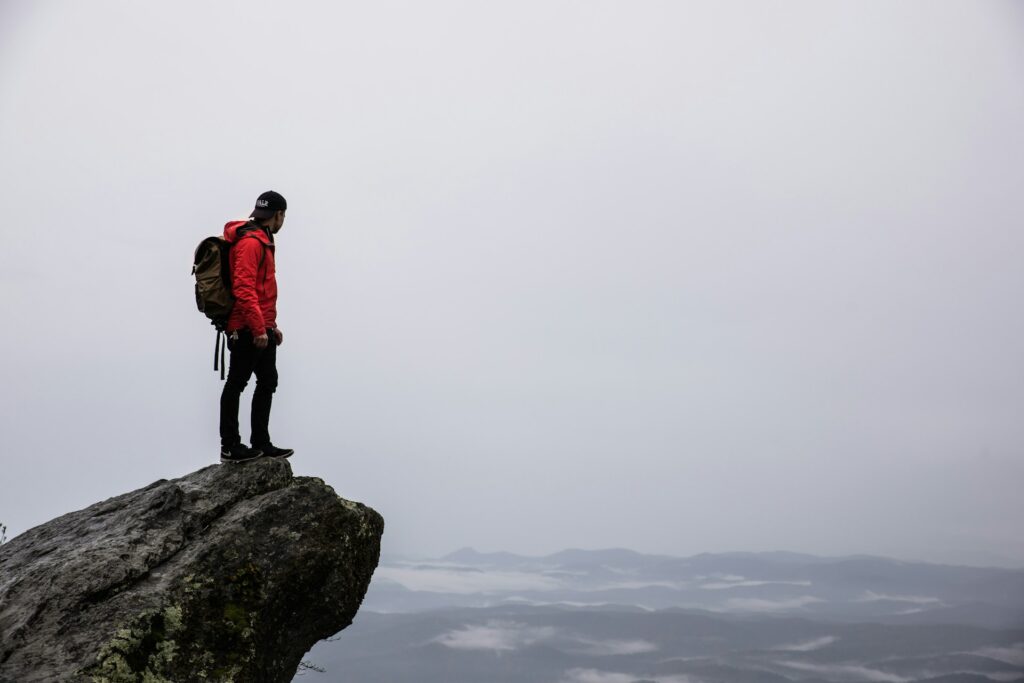
Before diving into any adventure activity, it’s essential to honestly assess your current physical condition and limitations. While many activities can be modified for different fitness levels, some inherently require specific physical abilities that shouldn’t be overlooked. Consider factors like your cardiovascular endurance, strength, flexibility, and any existing health conditions or injuries that might affect your participation. Someone with knee problems might find hiking challenging but could excel at kayaking, which puts less strain on the joints. Remember that pushing beyond your capabilities too quickly can lead to injuries and negative experiences, potentially discouraging future adventures. Instead, choose activities that match your current abilities while providing room for growth and improvement over time.
Assessing Your Risk Tolerance
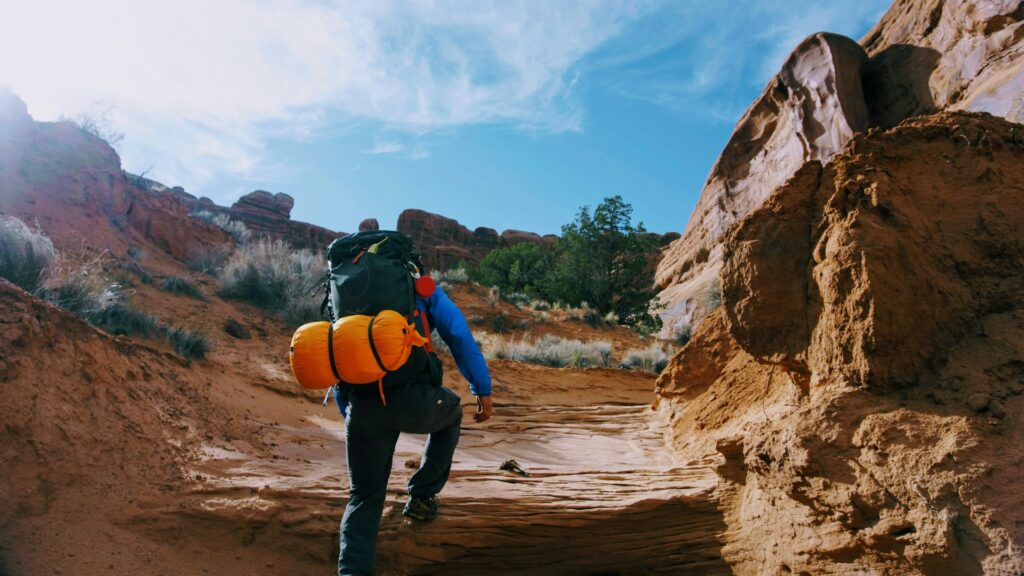
Adventure activities exist on a spectrum of risk, from relatively controlled experiences like guided nature walks to high-stakes endeavors such as free solo climbing. Understanding your personal comfort with risk is crucial for selecting activities that will energize rather than paralyze you with fear. Some individuals thrive on adrenaline and the element of danger, finding fulfillment in activities where the stakes are high. Others prefer adventures where risks are minimal and highly managed, allowing them to step outside their comfort zone while maintaining a sense of security. Neither approach is superior—the key is honesty about where you fall on this spectrum. Consider starting with lower-risk activities and gradually working your way up as your confidence and skills improve if you’re unsure about your risk tolerance.
Considering Your Available Time

Time commitment varies dramatically across different adventure activities, impacting which ones will realistically fit into your lifestyle. Some adventures, like rock climbing or scuba diving, require significant training and practice before you can safely participate in the full experience. Others, such as hiking or paddleboarding, can be enjoyed with minimal preparation, making them more accessible for those with busy schedules. Beyond the activity itself, factor in travel time to suitable locations, equipment preparation, and recovery periods afterward. Weekend warriors might gravitate toward activities that can be enjoyed during short breaks, while those with more flexible schedules might embrace adventures requiring extended periods away from home. Be realistic about your time constraints to avoid choosing activities that will ultimately frustrate you due to lack of participation opportunities.
Evaluating Your Budget Constraints

Financial considerations play a significant role in determining which adventure activities are feasible for your lifestyle. The cost spectrum is vast, with some activities requiring substantial investment in equipment, training, permits, and potentially travel. Sports like skiing, scuba diving, or mountain biking often involve high initial equipment costs, though renting can mitigate this until you’re certain of your commitment. On the more affordable end, activities like hiking, trail running, or wild swimming typically require minimal specialized gear to begin. Remember to factor in ongoing costs such as maintenance, replacement of worn equipment, membership fees, and skill development courses. Creating a realistic adventure budget can help you identify activities that provide the best experience-to-cost ratio for your financial situation without creating stress that undermines the enjoyment.
Identifying Your Primary Motivation
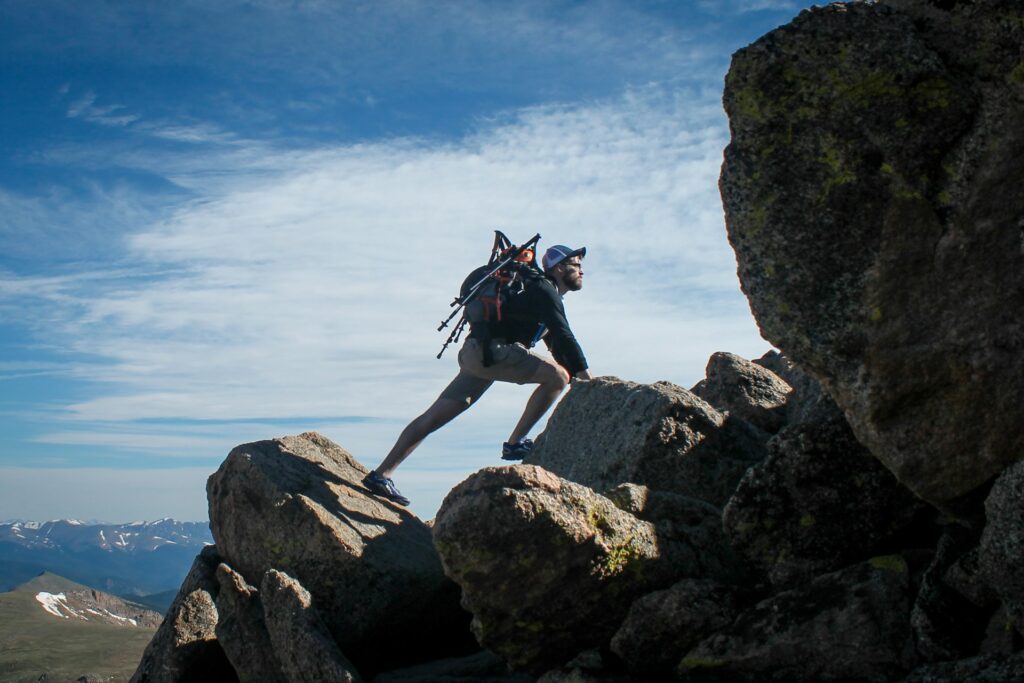
Understanding why you’re drawn to adventure activities will help narrow your options to those that will provide the greatest satisfaction. Some people seek pure adrenaline and excitement, gravitating toward activities like bungee jumping, downhill mountain biking, or whitewater rafting. Others are motivated by the opportunity to connect with nature, finding fulfillment in activities such as wilderness backpacking, birdwatching expeditions, or sailing. Some adventurers primarily seek social experiences, preferring group activities that foster camaraderie and shared achievement. Still others are driven by skill mastery and progression, enjoying the process of becoming increasingly proficient at complex activities like rock climbing or backcountry skiing. Reflect on what aspects of adventure most appeal to you and prioritize activities that emphasize these elements.
Considering Your Geographical Location
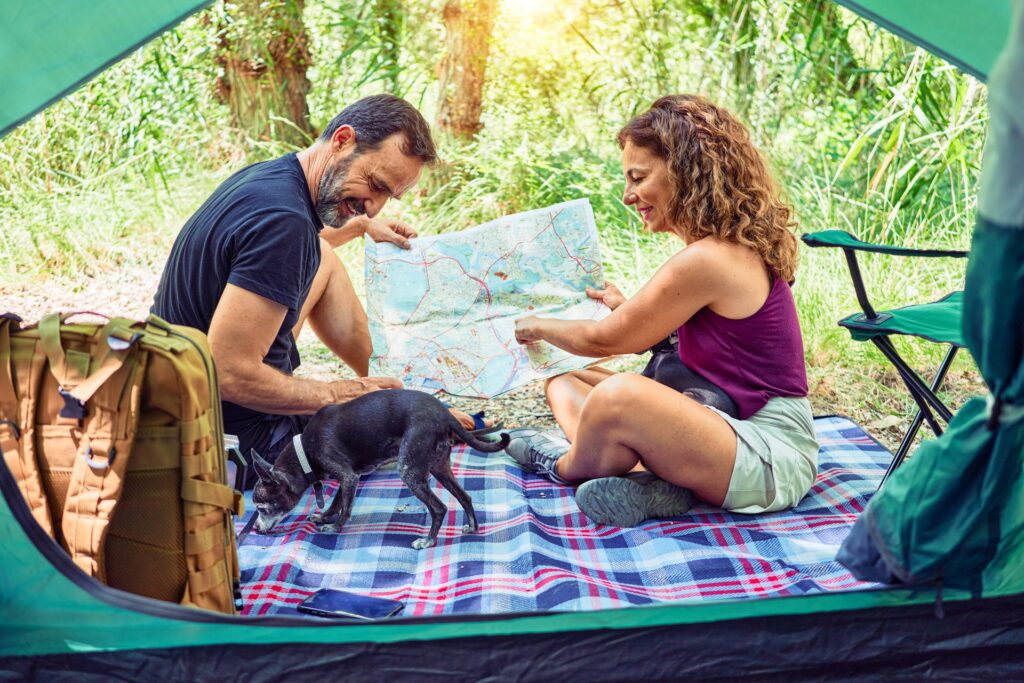
Your geographical location significantly influences which adventure activities are practical and accessible on a regular basis. Living near mountains opens possibilities for hiking, climbing, and skiing, while coastal locations facilitate water-based adventures such as surfing, sailing, or sea kayaking. Urban dwellers may need to focus on activities that can be enjoyed in city parks, nearby nature preserves, or purpose-built facilities like climbing gyms or whitewater parks. Consider both your immediate environment and locations within a reasonable travel distance for weekend adventures. While destination adventures can be planned for vacations, having locally accessible activities ensures consistent engagement with your adventurous side. Research your area thoroughly—you might discover suitable locations for activities you hadn’t previously considered viable in your region.
Assessing Social Factors
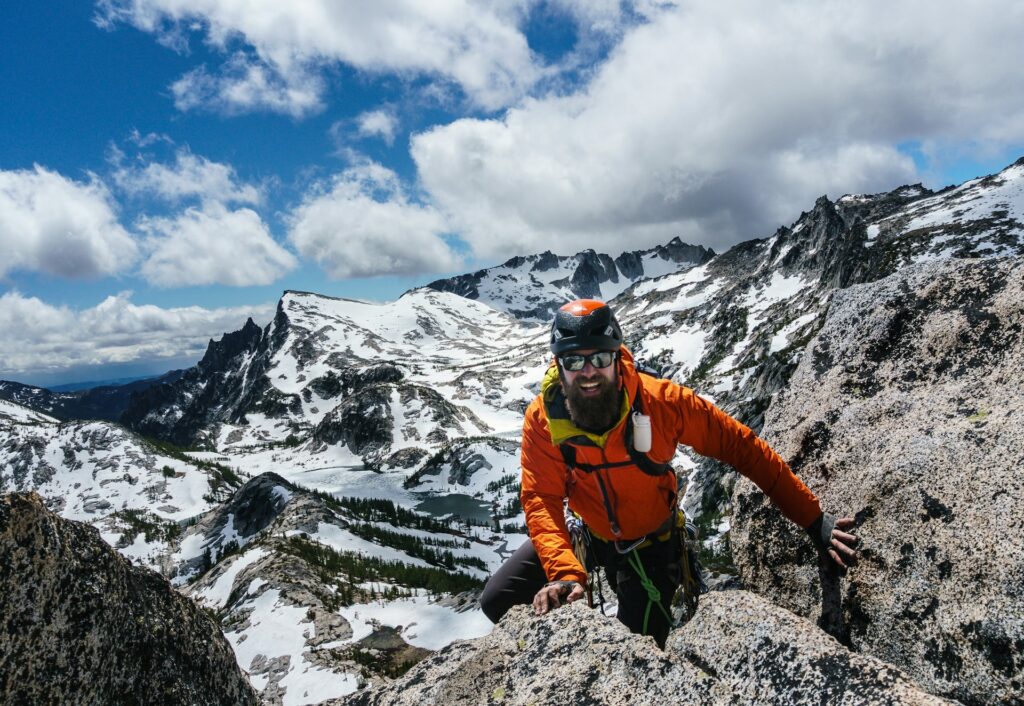
The social dimension of adventure activities varies widely and should align with your preferences for solitude or community. Some adventures naturally foster community, with built-in safety partners, group dynamics, and shared experiences being integral to the activity. Rock climbing, team sailing, and group trekking expeditions exemplify this communal aspect. Other activities like trail running, solo backpacking, or kayaking can be more solitary pursuits, offering quiet contemplation and self-reliance. Consider whether you’re seeking adventures that will connect you with a community of like-minded individuals or experiences that provide escape from social demands. Also factor in whether you have existing friends or family members interested in joining you, as shared adventures can strengthen relationships and provide built-in activity partners.
Evaluating Skill Development Pathways

Different adventure activities offer varying trajectories for skill development and mastery, which may influence your selection based on learning preferences. Some activities feature clear progression paths with established skill levels, certifications, and increasingly challenging objectives. Scuba diving, rock climbing, and martial arts typically follow this structured approach. Other adventures involve more organic skill development without formal benchmarks, allowing practitioners to set personal goals and define their own progress. Consider how important structured advancement is to your enjoyment and motivation. Those who thrive on measurable progress and clear objectives might prefer activities with established ranking systems or certification levels. Individuals who feel constrained by formal structures might gravitate toward adventures with more fluid definitions of skill and achievement.
Considering Weather and Seasonal Factors
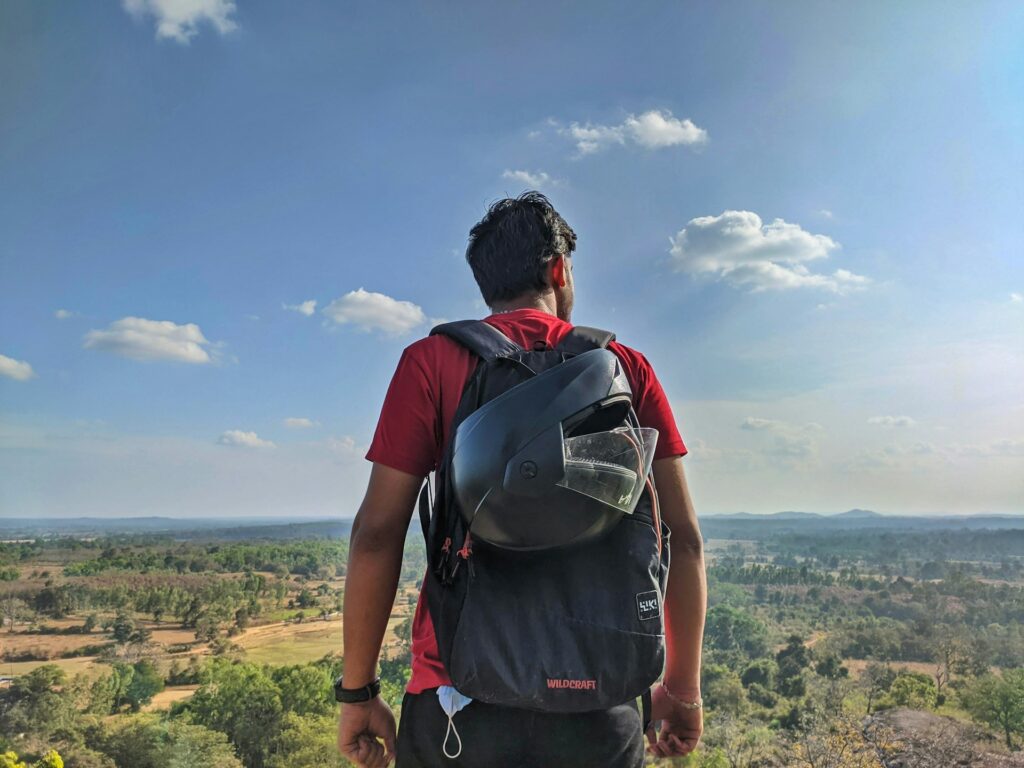
Weather dependencies and seasonal limitations significantly impact the consistency with which you can engage in various adventure activities. Winter sports like skiing and snowboarding have obvious seasonal constraints in most locations, while activities such as surfing might be affected by seasonal swell patterns. Consider how weather variations in your region might limit participation in weather-sensitive activities like rock climbing, which requires dry conditions, or paragliding, which demands specific wind patterns. Those seeking year-round adventure options might prioritize activities with indoor alternatives during inclement weather or select multiple complementary activities that span different seasons. Understanding these patterns helps prevent frustration from extended periods of inactivity and allows for realistic planning of your adventure calendar throughout the year.
Researching Equipment Requirements

The equipment dimension of adventure activities ranges from minimal to extensive, affecting not just your budget but also storage requirements, maintenance commitments, and transportation logistics. Activities like trail running require little beyond appropriate footwear and clothing, while others such as scuba diving, skiing, or mountain biking involve substantial gear inventories. Consider your living situation and whether you have adequate space to store equipment, especially for larger items like kayaks, surfboards, or climbing gear. Additionally, evaluate your interest in equipment maintenance, as some adventures involve significant upkeep of technical gear. The transportation factor is also relevant—activities requiring bulky equipment may pose challenges if you have limited vehicle space or rely on public transportation. Rental options can provide flexibility while you determine your long-term commitment to equipment-intensive activities.
Starting with Trial Experiences

Before fully committing to any adventure activity, arrange opportunities to sample experiences through guided introductions, rentals, or beginner courses. Many outdoor organizations, adventure companies, and recreational facilities offer “taster” sessions specifically designed to introduce newcomers to activities with minimal investment. These controlled introductions provide invaluable insights into whether an activity resonates with you physically and emotionally. Pay attention to your genuine reactions during these experiences—excitement and eagerness to continue despite challenges suggest a good match, while persistent discomfort or disinterest indicates you should explore other options. Remember that initial awkwardness is normal when learning new skills, so distinguish between temporary learning frustrations and fundamental misalignment with your preferences. These trial experiences also offer opportunities to connect with established practitioners who can share insights about the lifestyle aspects of their chosen adventure.
Considering Long-Term Sustainability
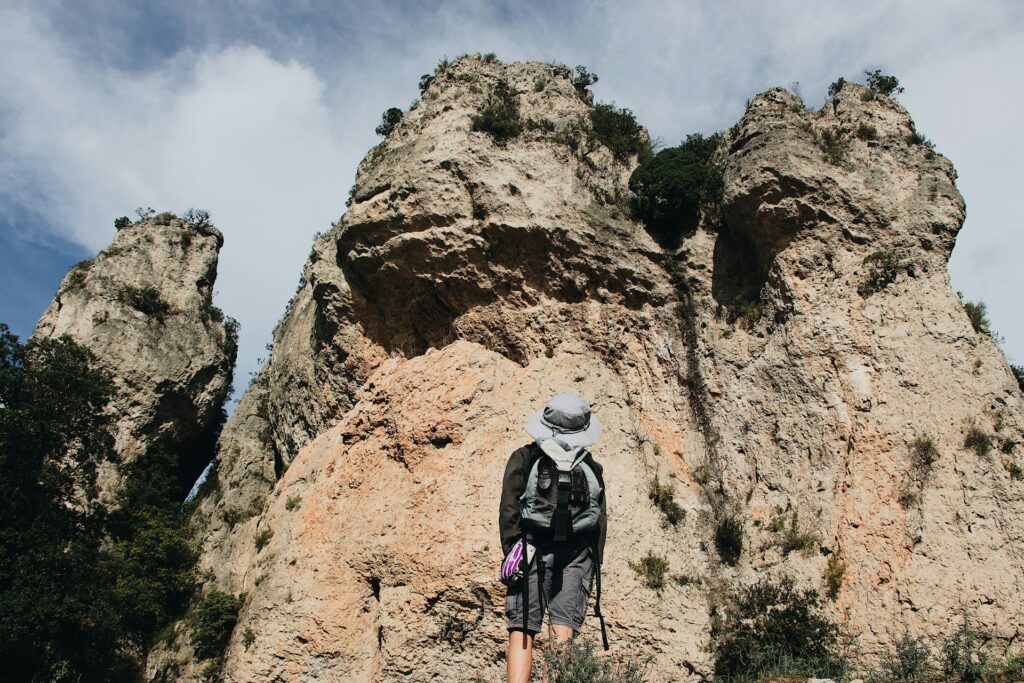
The ideal adventure activity isn’t just compatible with your current situation but can evolve alongside you through different life stages and circumstances. Consider how well potential activities might accommodate aging, changing family responsibilities, relocations, or career developments. Some adventure pursuits can be enjoyed across decades with appropriate modifications, while others may have shorter windows of participation due to intense physical demands or specific life circumstances. Activities with multiple intensity levels or variations often provide more sustainable long-term engagement. For example, whitewater kayaking enthusiasts might transition to sea kayaking as they age, while high-altitude mountaineers might shift to trekking at lower elevations. Think beyond immediate appeal to envision how an activity might remain part of your lifestyle through various transitions, potentially becoming a lifelong pursuit rather than a temporary diversion.
Balancing Multiple Adventures
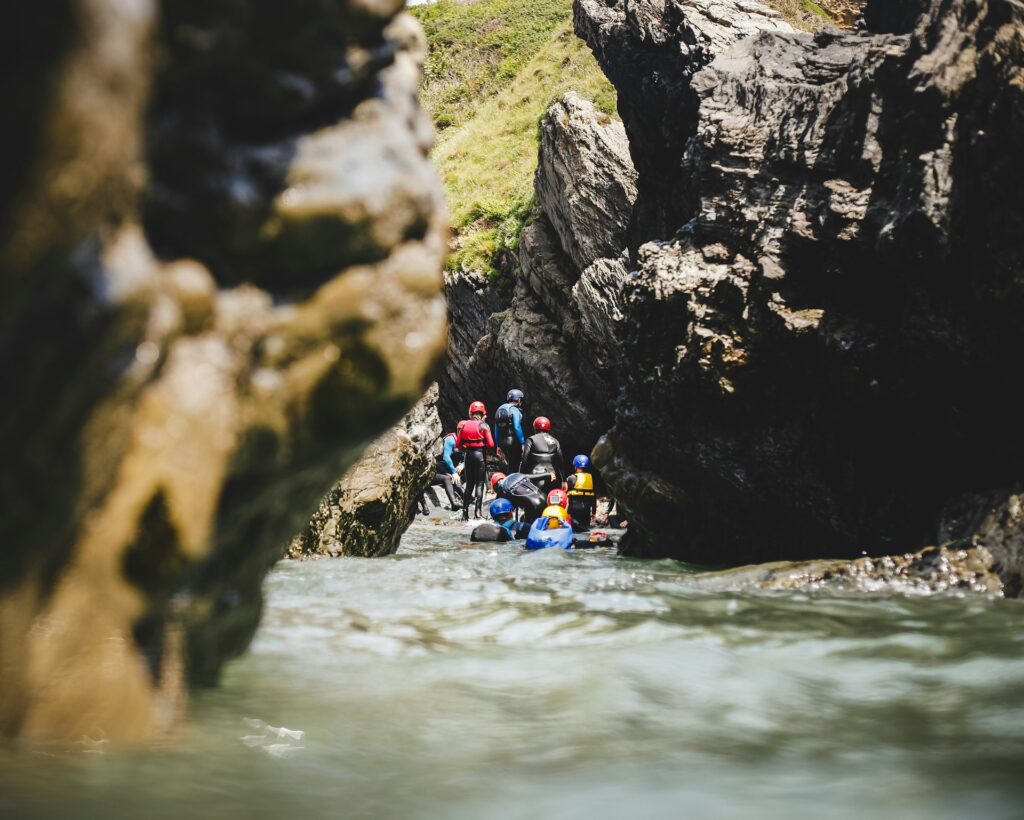
Many adventure enthusiasts ultimately develop a portfolio of activities that serve different needs, seasons, and circumstances rather than focusing exclusively on a single pursuit. This approach offers tremendous advantages, allowing you to maintain adventure momentum year-round and adapt to changing conditions. Complementary activities often share transferable skills and fitness benefits while exercising different body systems. For instance, mountain biking and backcountry skiing might utilize similar cardiovascular fitness and technical decision-making skills during different seasons. When developing your adventure portfolio, consider how activities might balance each other in terms of intensity, risk level, and social engagement. This diversification provides resilience against injuries, burnout, or circumstances that temporarily prevent participation in a particular activity, ensuring your adventurous spirit always has an appropriate outlet regardless of conditions.
Conclusion

Finding the right adventure activity isn’t about following trends or choosing what looks most impressive on social media—it’s about honest alignment with your personal circumstances, preferences, and aspirations. The perfect adventure resonates on multiple levels, fitting practically into your life while providing the particular blend of challenge, excitement, and fulfillment you seek. By thoughtfully evaluating the factors outlined in this guide, you can identify activities that will become meaningful parts of your lifestyle rather than short-lived experiments. Remember that your adventure journey may evolve over time, beginning with accessible entry points and potentially expanding into increasingly challenging pursuits as your experience, confidence, and capabilities grow. The most successful adventurers aren’t necessarily those taking the biggest risks, but those who have found sustainable ways to incorporate adventure into the fabric of their lives.

